The Vintgar Gorge - such an amazing excursion

Source: Author
Hi all, Hivers!
Today I'm taking you on a wonderful ride in the wildest, almost unspoiled nature, we'll hike together about 1,600 meters along a river past rapids, waterfalls and beautiful forest vistas.
Hiking shoes firmly laced up? Camera loaded? Well let's get going!
The place
A few kilometers from Lake Bled, within the Triglav National Park in Slovenia, is a portion of a river about 1600 mt long consisting of a series of very impressive rapids. The river author of this sculpture is called Radovna.

Source: Google
As you can see it is very close to Lake Bled, if you have a chance I recommend you go and visit it because it is very beautiful and impressive, I will put a photograph that summarizes what you can see:
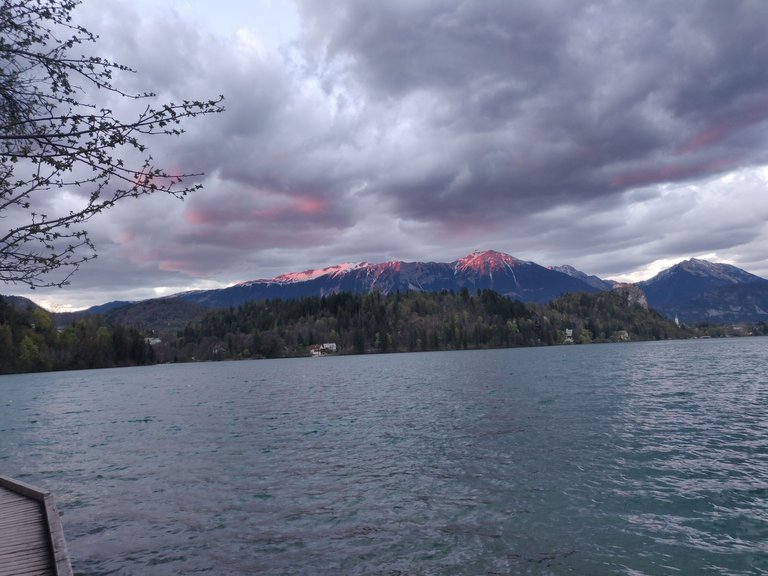
Source: Author

Source: Author
It's worth it, isn't it?
But let's proceed with our walk!
On this walk, in addition to being in contact with nature for over 6 hours, and oxygenating my tissues to the maximum, I took the opportunity to let my imagination run wild by taking photographs, and experimenting.
Of photographs I took many, but with the good fortune that they are all on digital media and being able to see them in real time, the wrong ones I deleted them all, keeping the most beautiful ones or those with appreciable scenic effects.
Despite the fact that I am a fan of black and white photography, in this round I did not make a single one, not even in post-processing.
The blue color of the river water cannot give the same emotions even in black and white!
Of course, I also took some photographs of certain details of river orogeny, in this case the River Cauldrons.
River potholes, nothing more than cylindrical cavities that have been carved into the rock by running water.
The currents and the conformation of the waterfall, forces the water to create circular turbulence that erodes the rock; along with the erosive power of the water is also the possibility of the presence of sand and small stones that amplify this erosive force.
A special feature of this visit is the route that cannot be done backwards: once you reach the end of the rapids with a splendid final waterfall of a few tens of meters, to return to the parking lot there are only 2 possibilities: the shortest way on the northern slope (on the hydraulic left) and on the southern slope (on the hydraulic right) that you have a detour of about 60' where you can visit an old little church.
That's enough words now, let's start with pictures, that's what you are all here for right?
Let's start with a couple of pictures that capture the type of trail: no need to be afraid to be suspended!
Obviously it has nothing to do with a Tibetan bridge, however, between one slat and another you can see the roaring rush of water very well!
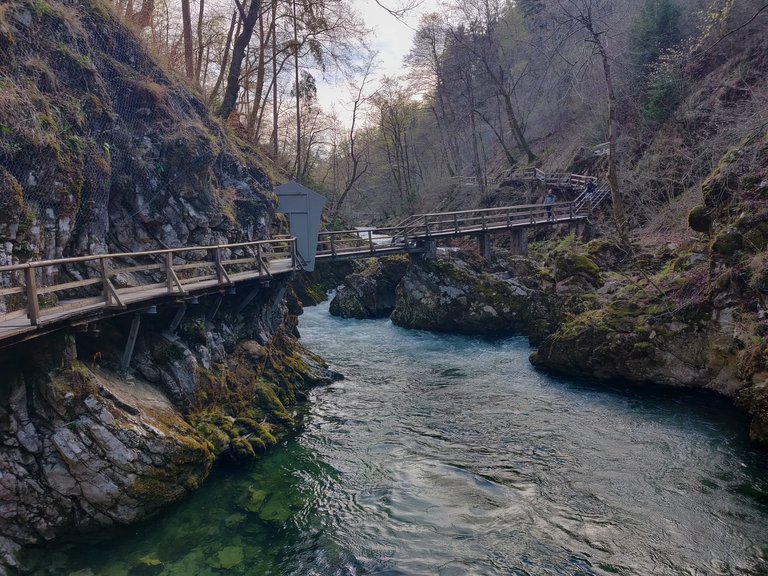
Source: Author
For most of the way we are suspended at the crest of the rock that forms the canyon of the gorge.
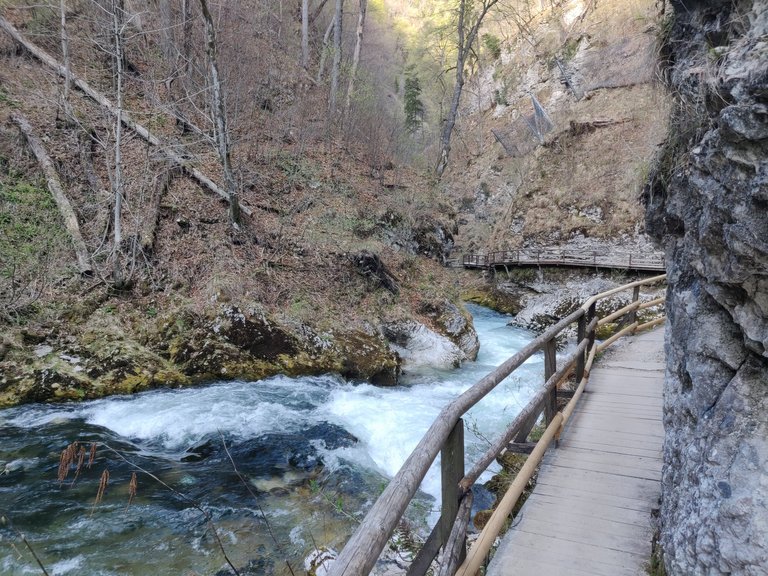
Source: Author
As soon as you get to the first rapid, there it is in the corner: a River Muffler (what it is I explained just above). The muffler is the one on the right in the photo indicated by the arrow.
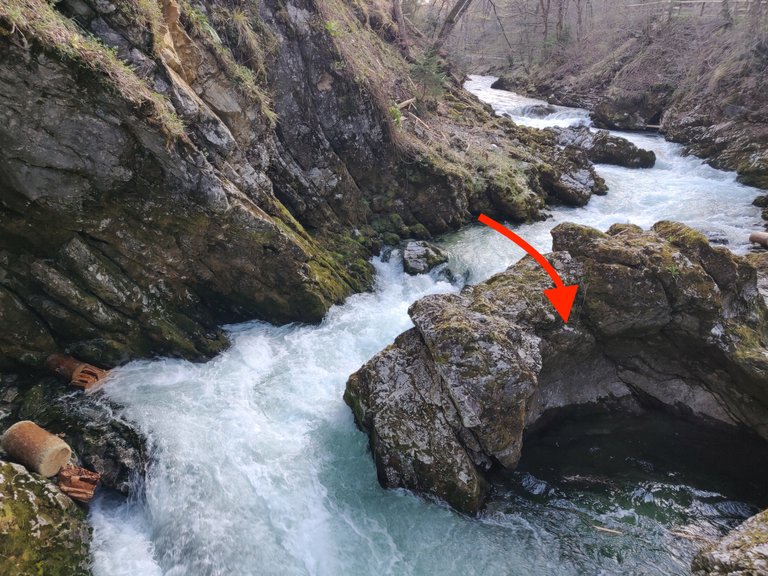
Source: Author
We proceed into the rapids and come to a very tumultuous passage that is shaded enough to experience the silk effect.
What it is?
Given the communty where I posted the article, it is not necessary, but someone who is a novice might read it, so here is the explanation.
Silk effect refers to the trail that moving water leaves in streams; to achieve this effect you need to increase the exposure time while trying not to have too much light in the light areas resulting in overexposure of the shot.
First the photo in auto mode
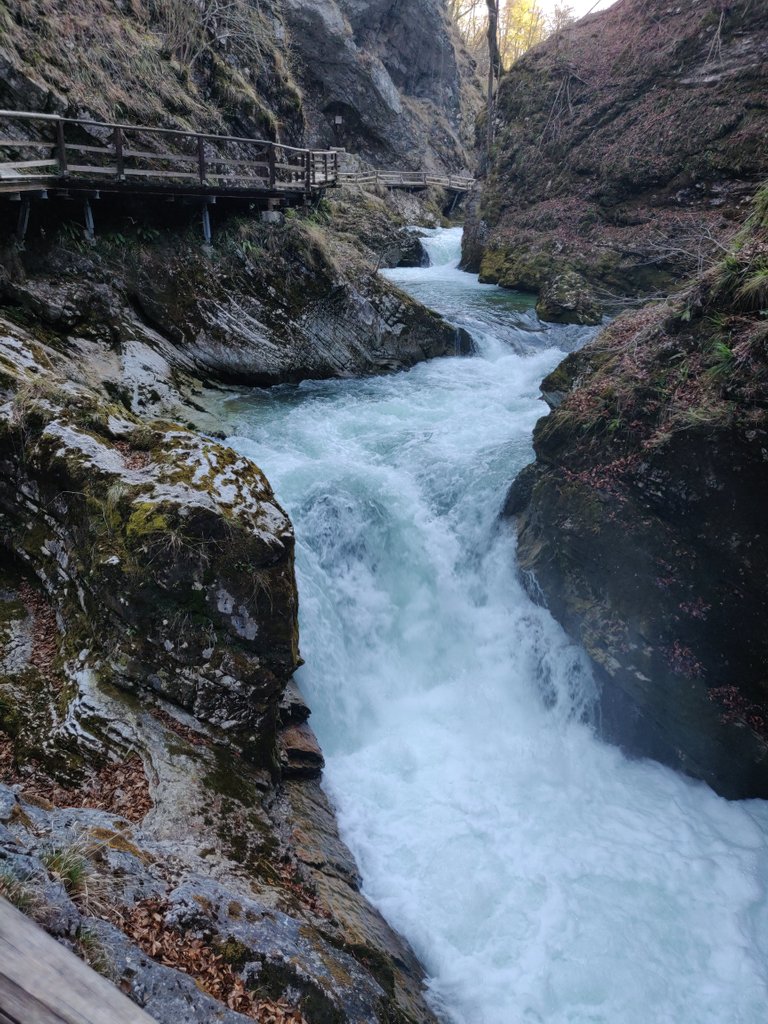
Source: Author
As you can see, the various water drops that make up the roaring flow of the waterfall can be seen quite clearly, in the following photo the experiment:
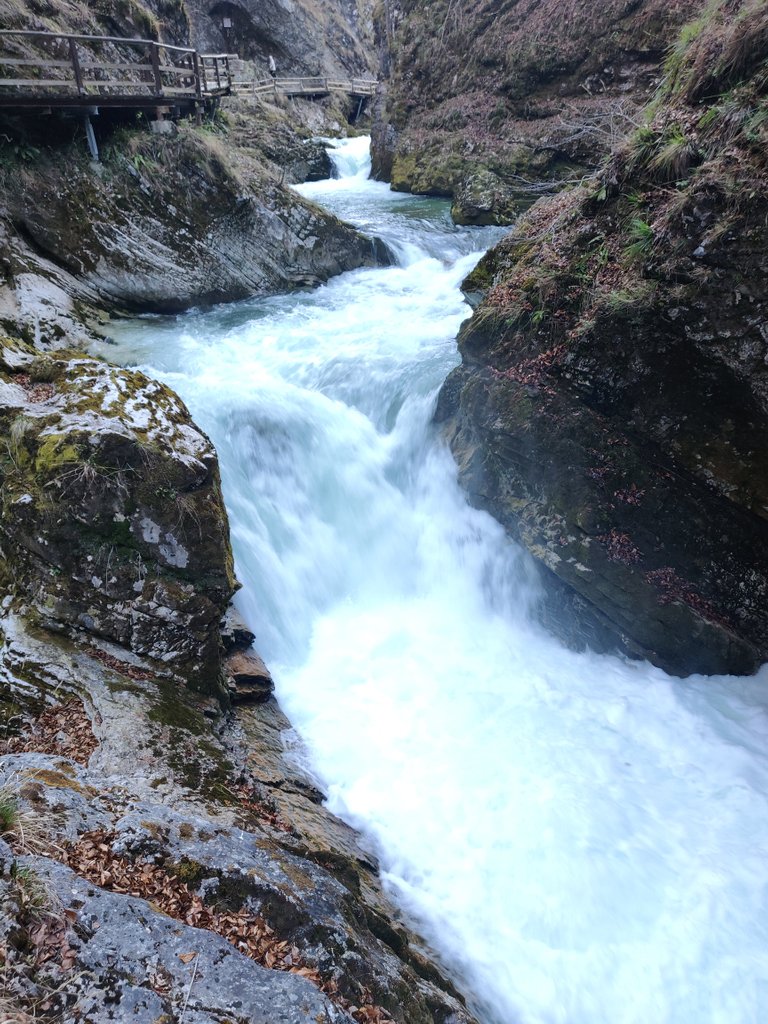
Source: Author
The trail of moving water is quite noticeable in this photograph, the shot is decent, although in the lower part and in the areas where the shade of white is higher, we are just overexposed, but if I had closed the aperture too much the contours of the photograph would have become too dark.
Objectively, in this case the experiment was a bit too forced as the brightness was still too high to get a perfect shot.
In any case it makes the rushing movement of the water well, can't you hear the roar as well?
If you hear it too, it is not from this waterfall but from the one in the following photo
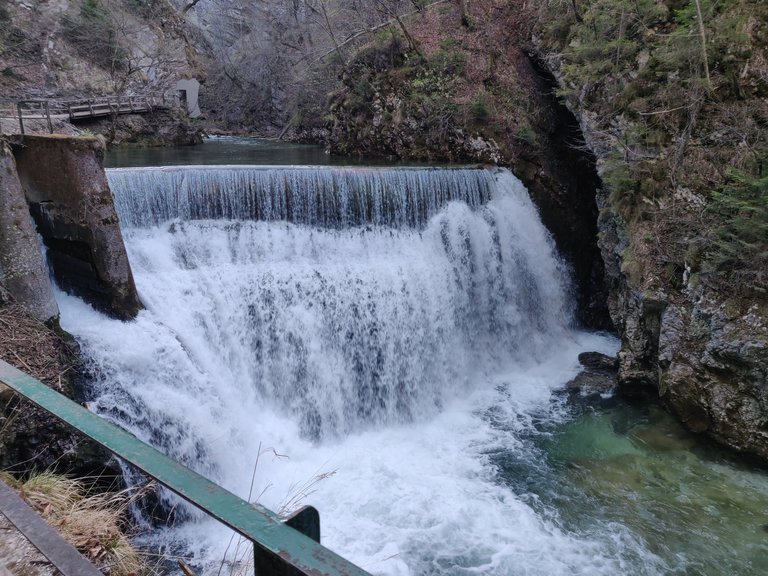
Source: Author
This waterfall has two special features, the first consists of a natural 2-jump bridleway, while on the left side of the photograph (hydraulic right) there is an intake for electricity production.
The fact of the intake is very important because you have 0-cost electricity production! In this natural park is way in vogue the recovery of the kinetic energy of water, in fact, 34 km east of Bled, there is the waterfall of the Savica river that with its 78 mt fall creates a small reservoir where intakes are applied for electricity production.
Just think that even in Bologna, which is famous for its canals, a hydroelectric power plant has been obtained using a natural drop of 15 Mt. For a full production of 1890 kW!
We have come to the end, I hope you enjoyed the tour and also the photographs I took. The instrumentation is not top-notch as I used the smartphone a One Plus 6T, in manual mode.
Before I leave you, however, I give you a gift: a beautiful backlight with silver highlights!
See you in the next round!
Good photos everyone!

Source: Author
!discovery 30
Grazie @libertycrypto27 per il supporto 💪🙏
This post was shared and voted inside the discord by the curators team of discovery-it
Join our Community and follow our Curation Trail
Discovery-it is also a Witness, vote for us here
Delegate to us for passive income. Check our 80% fee-back Program